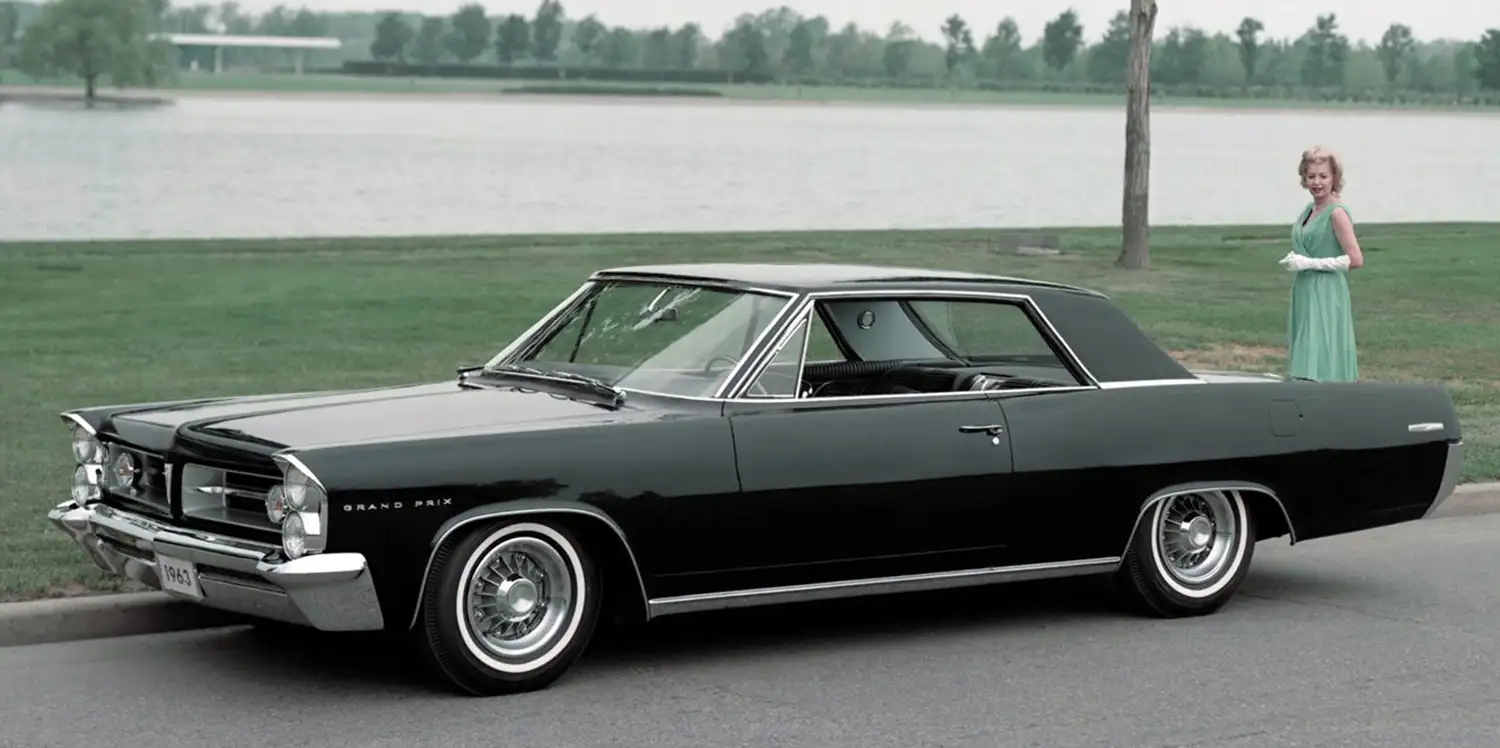
The Grand Prix appeared in the Pontiac line in 1962. It was essentially a standard Pontiac Catalina coupe with minimal outside chrome trim and sportier trim (bucket seats and a center console) inside. The performance-minded John De Lorean, head of Advanced Engineering at Pontiac, contributed greatly to the development of both the Grand Prix and the GTO. Early models had full access to the Pontiac performance option list, including the factory-race Super Duty 421 powertrain installed in a handful of 1962 and 1963 cars.
The full-size Catalina-based Grand Prix did very well through the 1960s, and is often credited with the move towards minimal exterior trim seen in the 1960s. Yet its clear resemblance to the other full-size Pontiacs caused some to consider it a lesser model than the other personal luxury cars. At the same time, the Grand Prix had a much stronger performance image than its competitors.
For 1963, the Grand Prix received revised sheetmetal shared with other full-size Pontiacs, but with its own squared-off roofline with a concave rear window that contrasted with the convertible-like roofline of the 1962 Grand Prix and continued on the 1963 to 1964 Catalina and Bonneville. Other distinctive styling cues found on Grand Prixs of this era included “hidden” taillight lenses and exclusive grillework up front. Inside, Grand Prixs had luxurious interiors featuring all-vinyl bucket seats separated by a center console with a floor shifter, storage compartment, courtesy light and optional tachometer or vacuum gauge. Starting in 1965, the Grand Prix was offered with a no-cost option bench seat with folding armrest as an alternative to the bucket seats and console.
Standard engines included a 303 hp 389 in³ V8 with four-barrel carburetor and dual exhausts from 1962 to 1964 and a 325 hp version of same engine from 1965 to 1966. Optional engines included higher output four-barrel and Tri Power versions of the 389 and larger 421 in³ V8s with up to 376 hp. In 1967, the 389 was replaced by a 400 in³ V8 rated at 350 hp as the base engine while the larger 421 was replaced by a 428 in³ V8 with up to 390 hp.
Transmissions included a standard three-speed manual and optional four-speed manual or a Hydra-Matic transmission. The three-speed Roto Hydra-Matic was offered from 1962 to 1964 and replaced by a new three-speed Turbo Hydra-Matic for 1965 and later years.
A two-door hardtop was the sole bodystyle available on the Grand Prix for all years except 1967, when a convertible was also offered as a one-year offering.
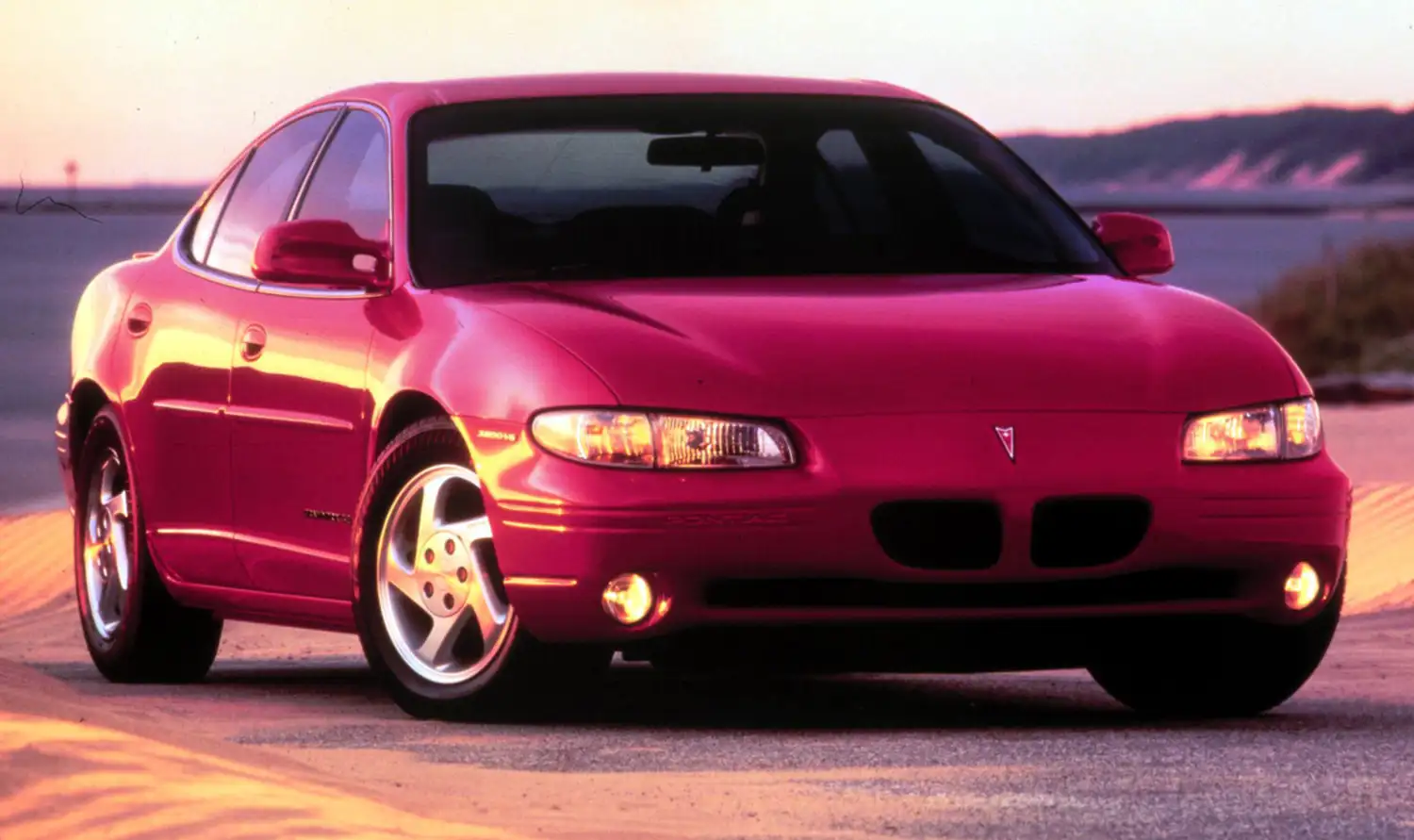
1997
In 1997, the W-bodies got a major redesign. The first 1997 Grand Prix was built on August 12, 1996. Promoted widely for its “wide track” appearance, the second generation W-body Grand Prix sold well. There were 3 trim levels available in 1997; the SE, GT, and GTP. Also beginning in 1997 was the inclusion of a supercharger for the GTP, boosting power to 240 hp. The Grand Prix was made in the Fairfax plant in Kansas City, Kansas until 2003, when production was shifted to Oshawa, Ontario, Canada. The Fairfax plant was then retooled to build the current Chevrolet Malibu. The last Grand Prix coupe rolled off the assembly line on July 19, 2002, and the coupe was replaced by the Pontiac GTO for 2004.
2004
The Grand Prix was updated for 2004 on a revised version of the GM W platform. 2005 saw the high-end GXP trim as the successor for the now-defunct Bonneville. The first 2004 Grand Prix was built on May 5, 2003. A notable addition to the 2005 line is the GXP’s small-block 5.3 L V8, the Grand Prix’s first V8 since 1987. With the closing of the Oshawa plant that produces the car in 2008, the Grand Prix will likely end production, and for 2009 it may be replaced by the Zeta-based G8.
2005
The Grand Prix remains basicly unchanged from 2004. With the Base coupe, the GT, GTP and the GXP. 2005 Is the last year of the GTP. In 2006, the GT offers the Supercharged 3800 Series III Engine. The GT has the potent 3800 Series III engine, which gains a 20 bhp boost from intake and head redesigns, as well as an electronic throttle body. The GXP powerplant is the LS4 V8, a 5.3 litre Displacement On Demand engine based off of the legendary LS1 block. It has a shortened crankshaft, and a host of other modifications to make it fit into a FWD vehicle. The GXP also has TAPshift, a Formula One inspired technology that allows the driver to control gears semi-manually. The engine has 303 bhp and 323 ft·lbf of Torque.
2006
For 2006, little has changed for the Grand Prix. The three options are the Grand Prix, powered by the 3800 Series III V6, the GT, powered by the 3800 Series III Supercharged V6, and the GXP, powered by the LS4 V8. Next model year, 2007, is rumored by many to be the last of the Grand Prix’s incredibly long run, and many enthusiasts are sad to see it go, but the potential for Pontiac to make a turning point out of the car that replaces it, gives hope to the community.
Source: Wikipedia (GNU Free Documentation License)
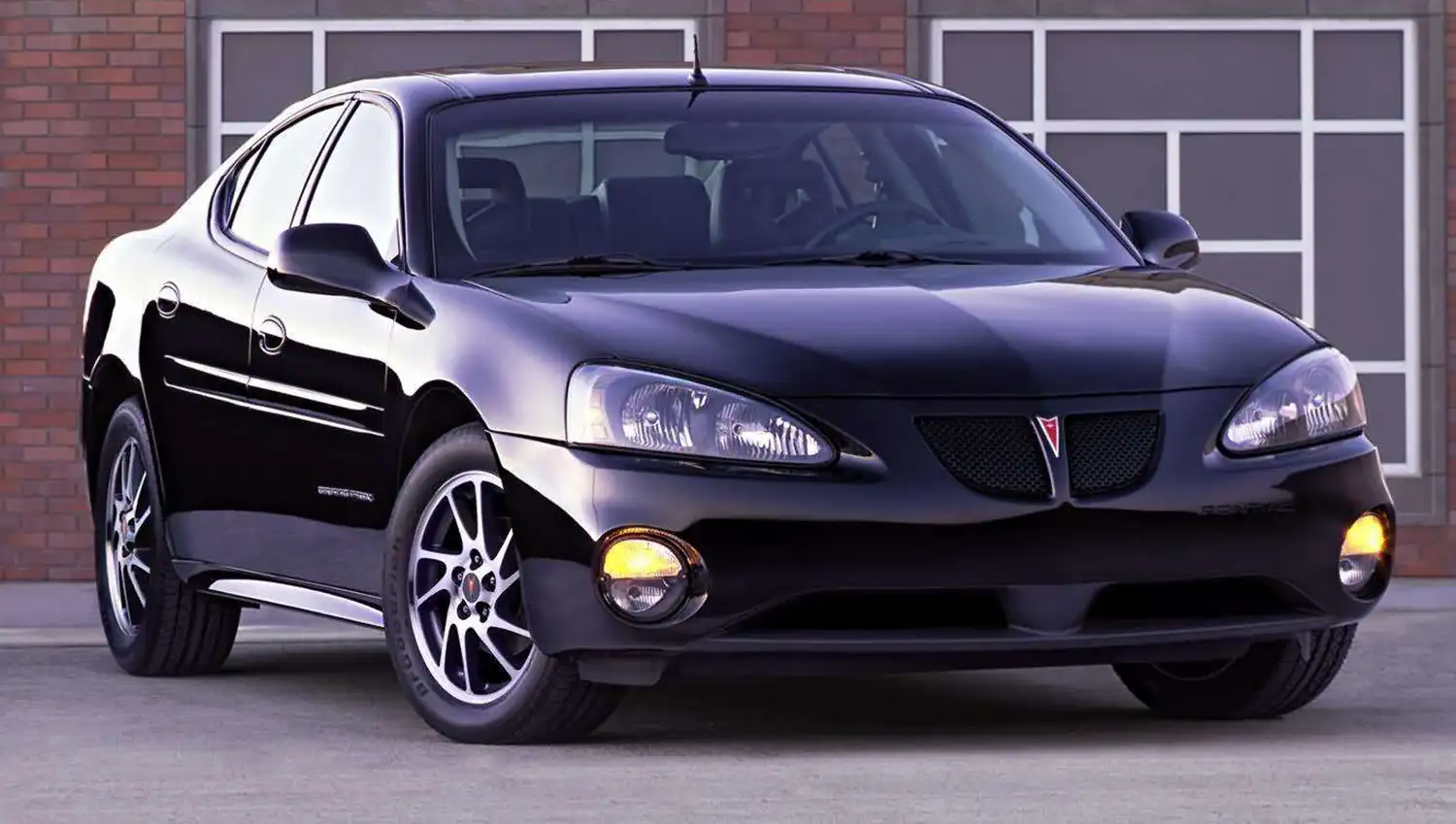
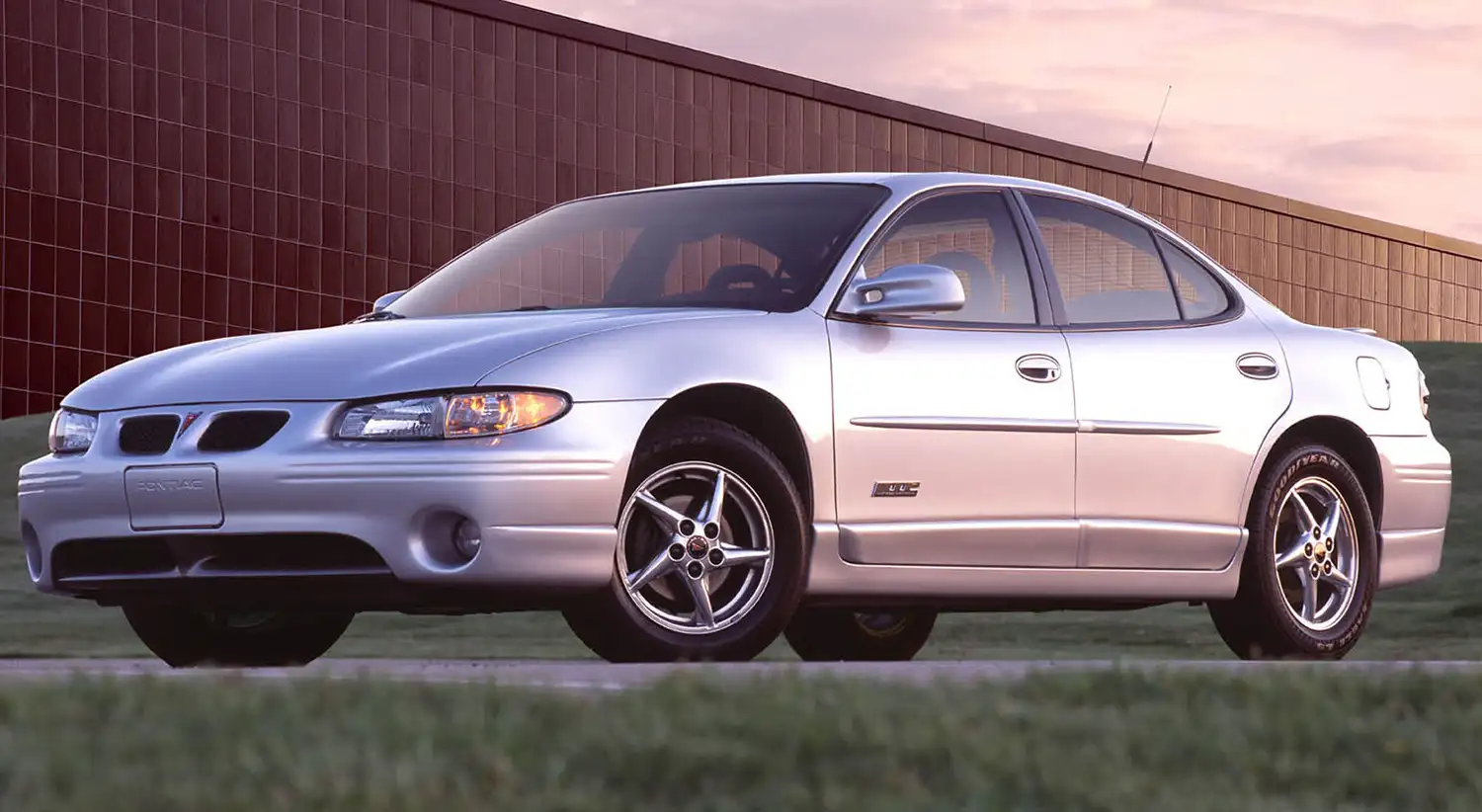
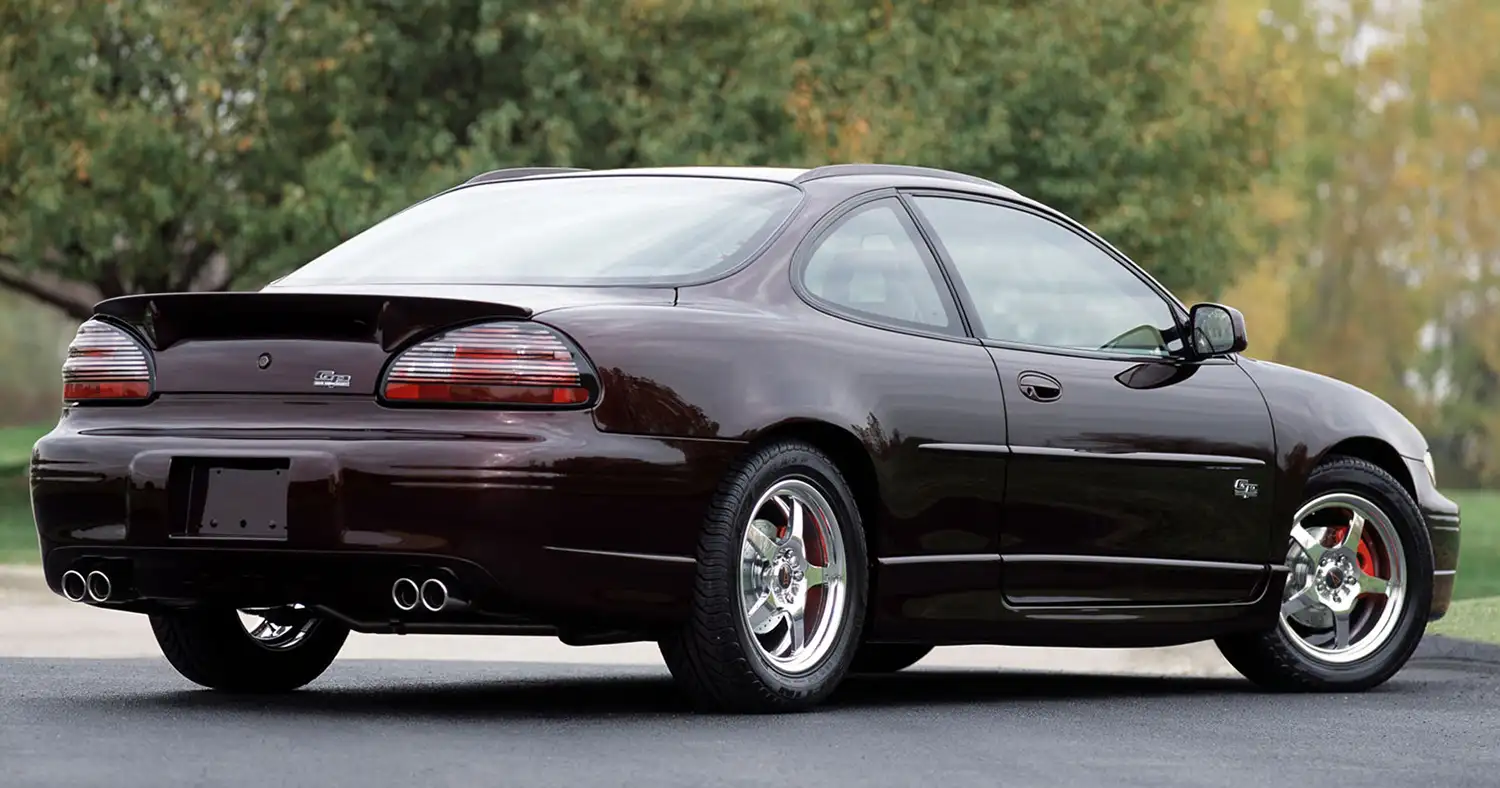
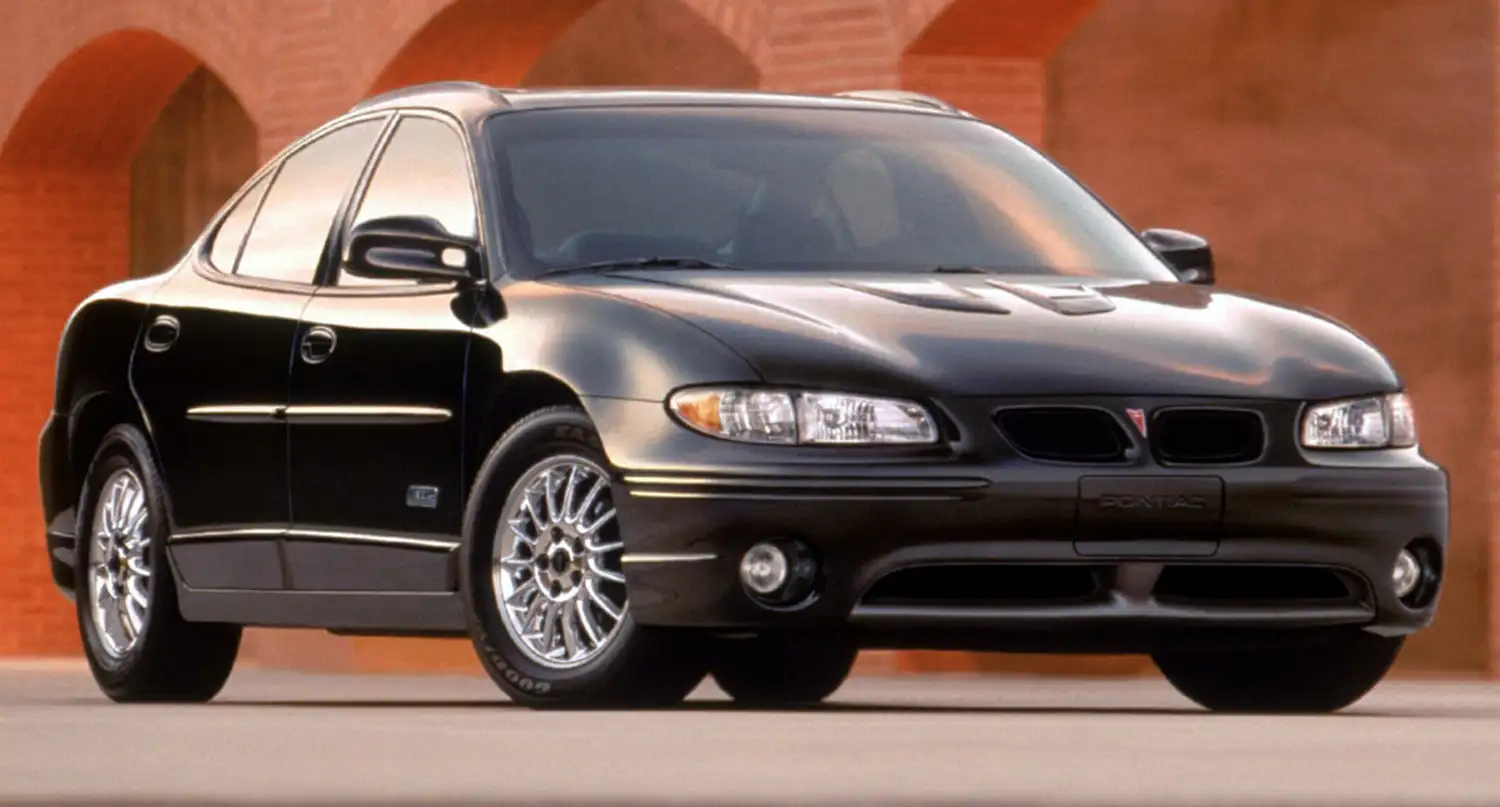
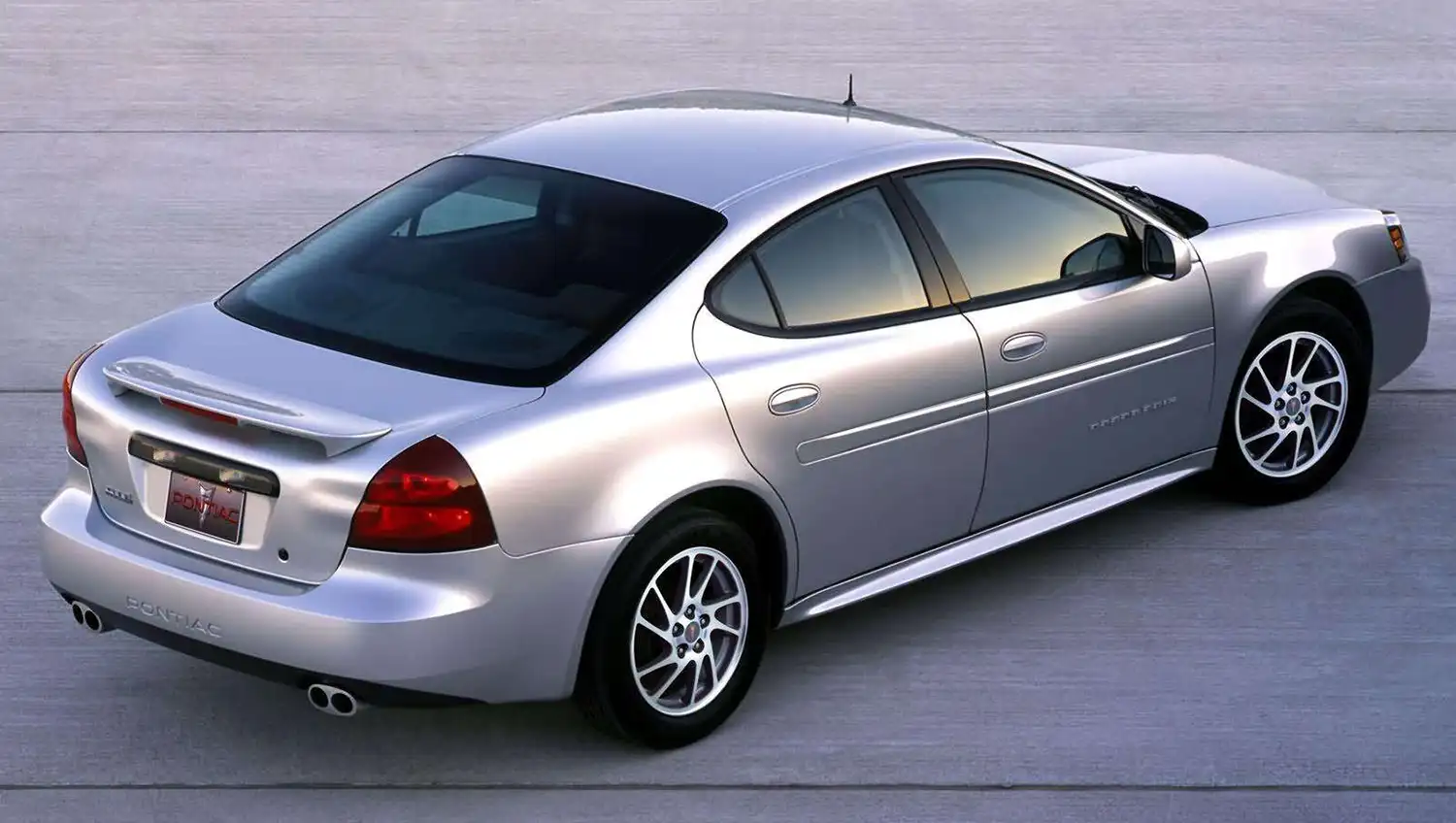
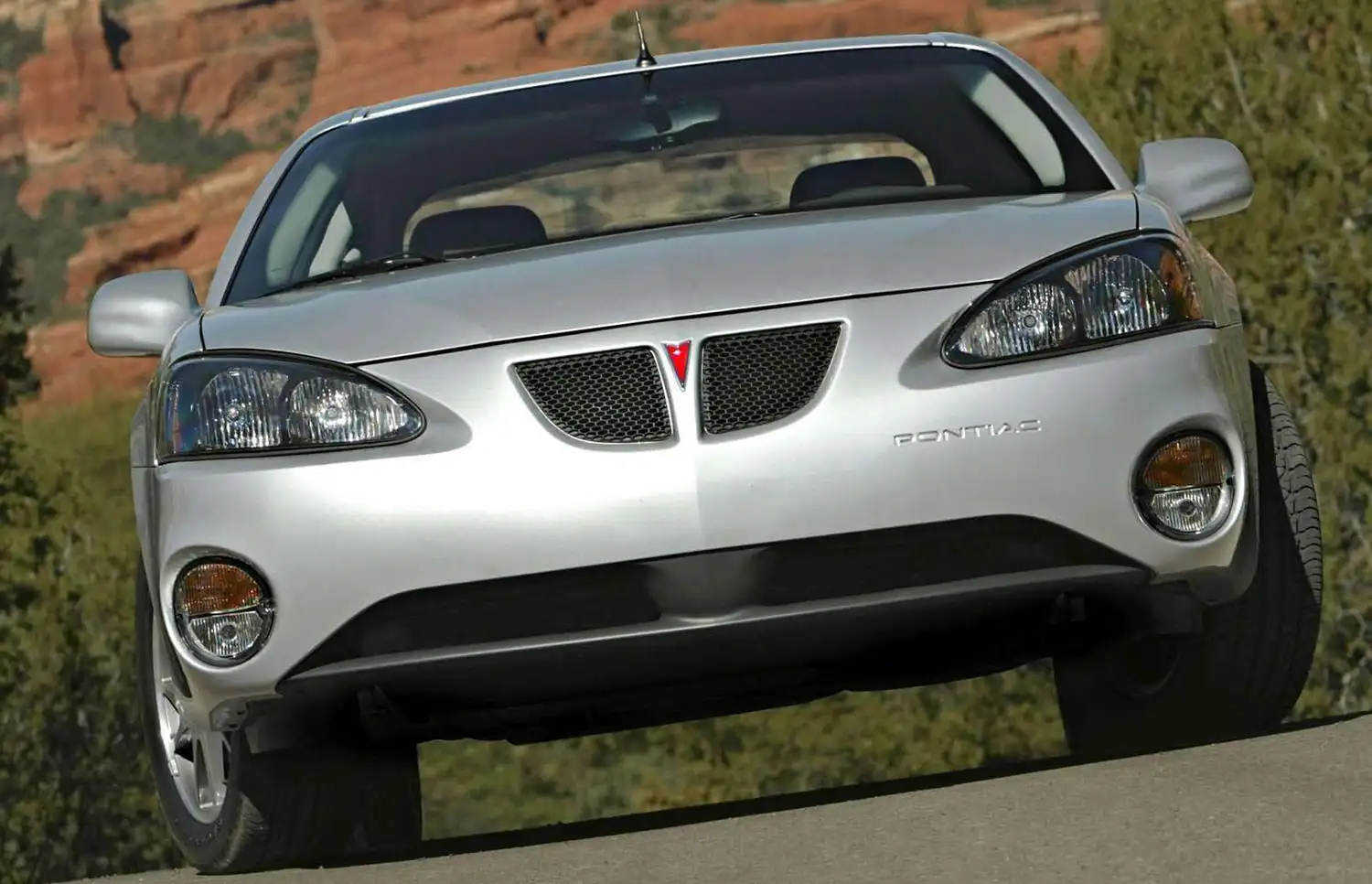
The post History Of Pontiac Grand Prix appeared first on Wheelz.me-English.




